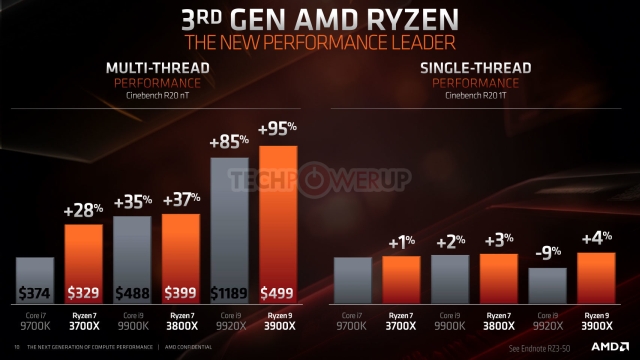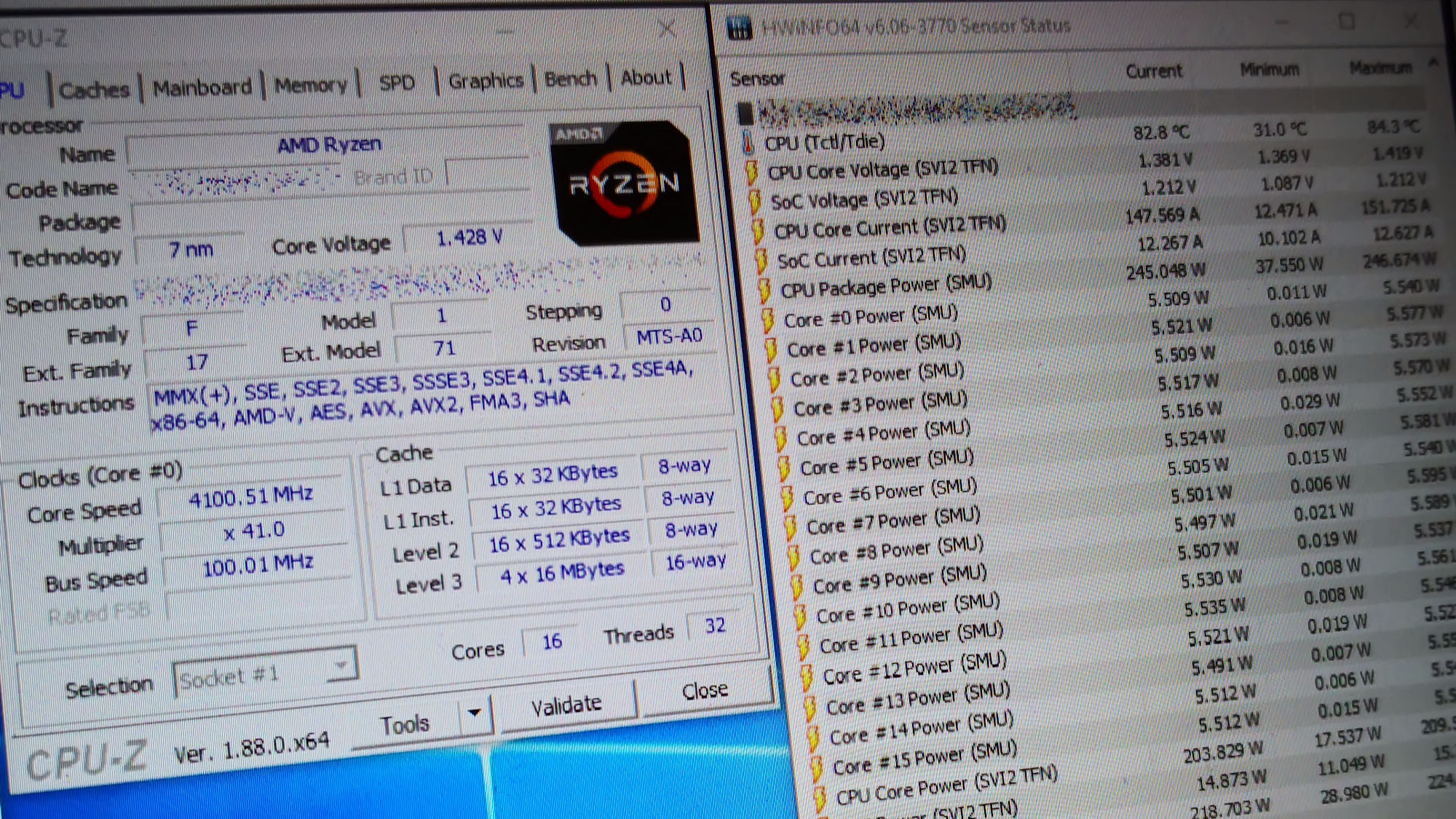Sorry, my mistake, i don't often use the code names so couldn't remember if TR used Colfax or PR, apologies.
No worries, man. I knew what you were getting at.
I guess it comes down to what we consider officially supported to be, personally I'd say not launching with it, adding it and then removing it, isn't what would be considered official support.
I would be in agreement with that as well. The issue I have is with AMD touting support in their materials, adding said support, and then apparently removing it (not able to confirm that), and all the while not saying anything. That's a pretty d**k move, in my opinion.
Yes and no, PBO doesn't identify the limitations of the VRM configuration for the board in use, it simply increase the limits imposed on PB, it's similar to increasing the power and thermal targets on their GPUs.
Our little conversation that we've had going here has been a lot more understandable than anything AMD has spewed out into its slides. If only AMD would define these technologies clearly and concisely and then confusion wouldn't be a thing. To the average person, it sounds like Ryzen comes equipped with three technologies that do the same thing.
Anyway yes. Now that I've had a couple of hours away, what you're saying makes absolute sense. PBO isn't a separate technology, it's an extension of PB2. And both work in conjunction with XFR to determine those hardware limitations.
[...] if i had to guess though i think you maybe drawing some equivalences in the wrong places, PB1 and PB2 are basically the same thing just with algorithm changes (PB2 is finer grained) and the changes from XFR1 to 2 basically extended how many of the cores to include in the data set (XFR1 used 1-2 cores, XFR2 uses all of them).
Sure, PB1 and PB2 both achieve the same thing, but the way they work changes, and that's where I was drawing the equivalences with Intel's Turbo Boost.
PB1 works with defined frequency tables, which is how TB1 and TB2 work, while PB2 only defines a maximum turbo frequency (the one advertised by AMD). Then, as you say, the changes to XFR as well, with XFR1 being the equivalent of TBM3.

Though as @Potatowithearsontheside pointed out to me, Intel has a new turbo feature that will work similarly to PB2 with XFR2.
Last edited:


 Unsubscribing
Unsubscribing



